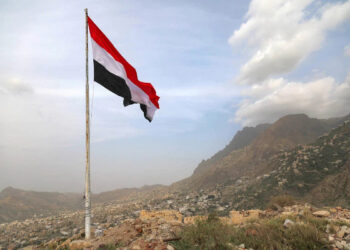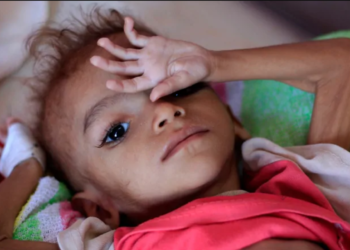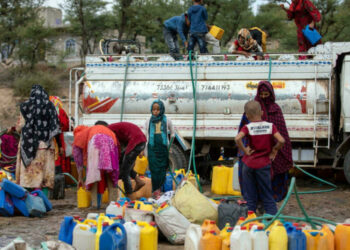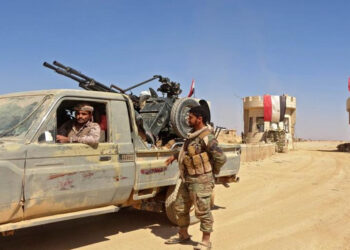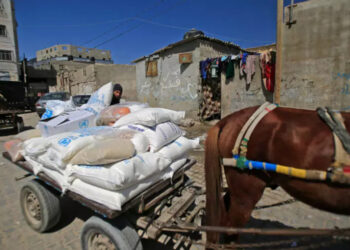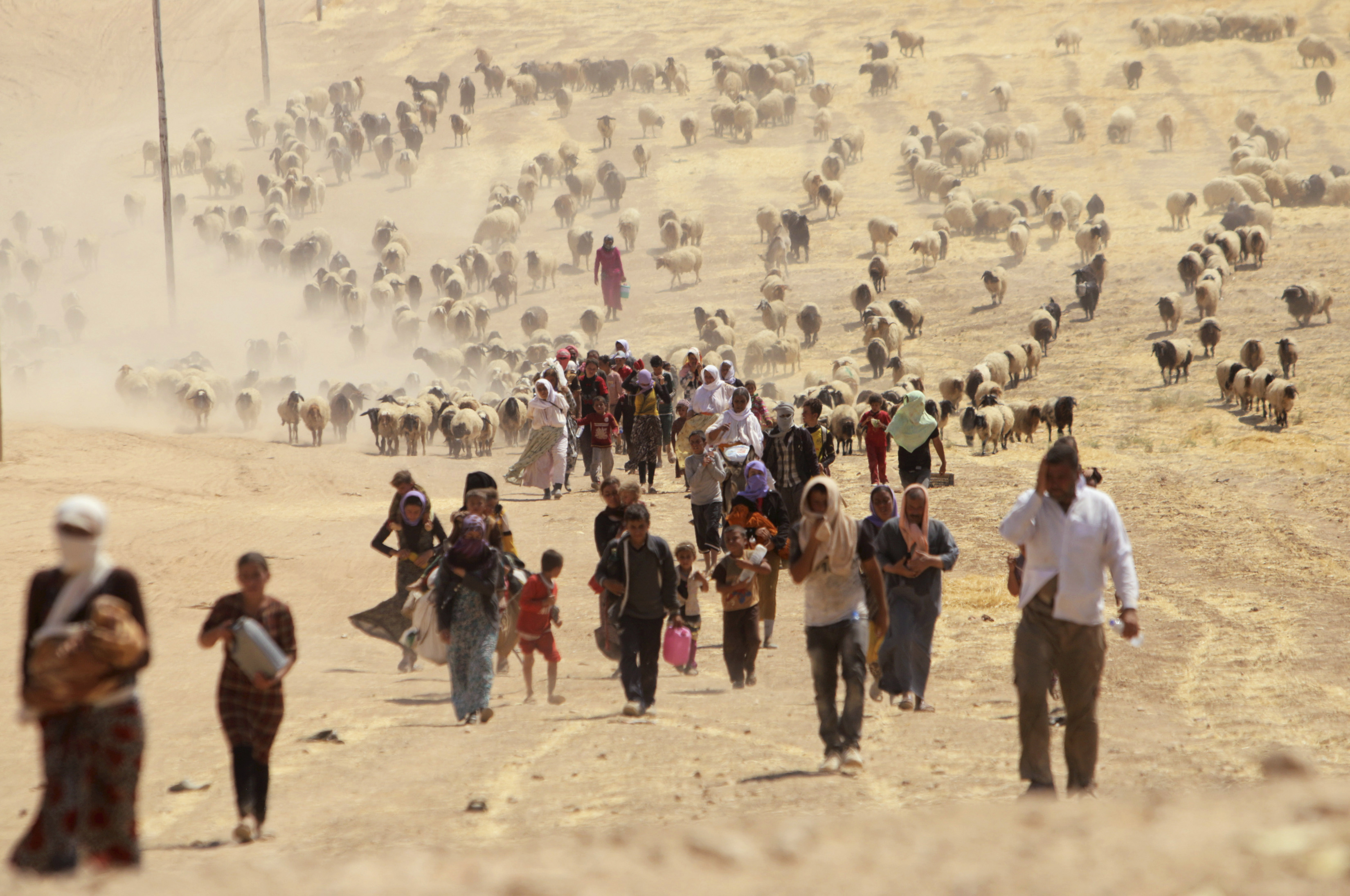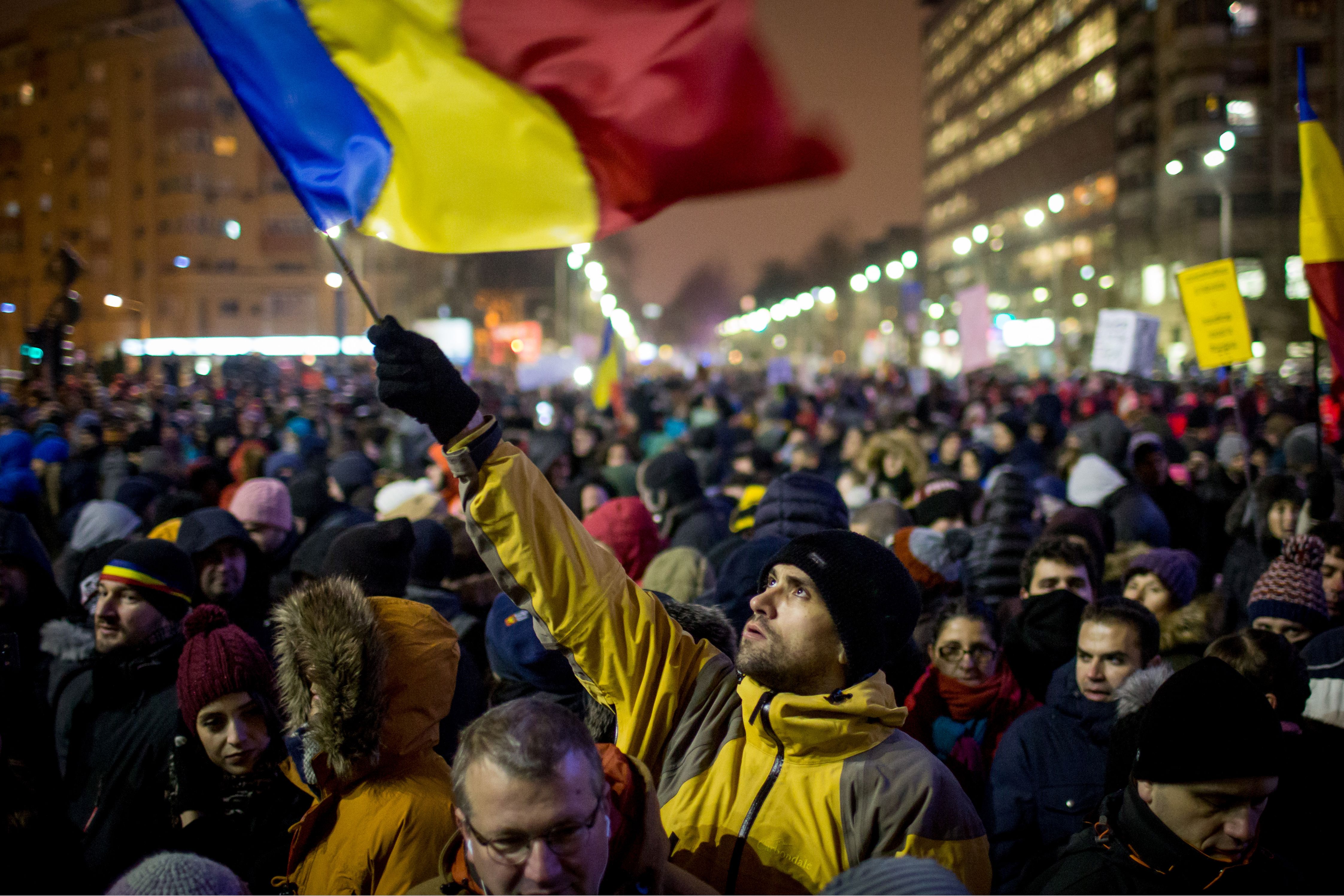Grain silos outside the port of Hodeida that are vital to U.N. plans to feed millions of Yemenis at risk of famine were hit by gunfire just days after aid staff gained access, the U.N. said Friday.
The World Food Program is still assessing the damage from the Thursday attack, which caused no casualties, the U.N. agency’s senior spokesperson, Herve Verhoosel, said in a statement.
A WFP team finally gained access to the Red Sea Mills silos on Sunday after postponing its inspection visit for a month for security reasons.
The silos themselves are controlled by troops of a Saudi-led coalition that has been fighting in support of the Yemeni government.
But they are close to the front line with Huthi rebels who control the port and much of the city of Hodeida.
Verhoosel said the silos contained some 51,000 tonnes of grains – enough to feed 3.7 million people for a month.
“It appears that two silos were hit, one of which contains wheat,” he said. “There was no fire.”
Verhoosel said the WFP was unaware who carried out the attack.
UN gains access to grain silos in Yemen’s port city of Hodeida for first time since February. They hold enough grain to feed 3.7 million people for a month. Now the challenge is to distribute it to famine-stricken Yemenis. https://t.co/1CT8BJV1EA pic.twitter.com/dDLAwNuLlm
— Kenneth Roth (@KenRoth) May 6, 2019
In February, a WFP team visited the mills for the first time since September, when they became inaccessible due to heavy fighting between pro-government forces and the rebels.
The fighting has largely stopped under a U.N.-brokered ceasefire struck in Sweden in December but there have been intermittent clashes.
The more than four-year conflict in Yemen has killed tens of thousands of people, many of them civilians, relief agencies say.
At least 85,000 children have died of malnourishment and disease since the outbreak of fighting, and the country continues to be plagued by a cholera epidemic stemming from the destruction of water treatment infrastructure.
The fighting has triggered what the United Nations describes as the world’s worst humanitarian crisis, with 3.3 million people still displaced and 24.1 million – more than two-thirds of the population – in need of aid.



